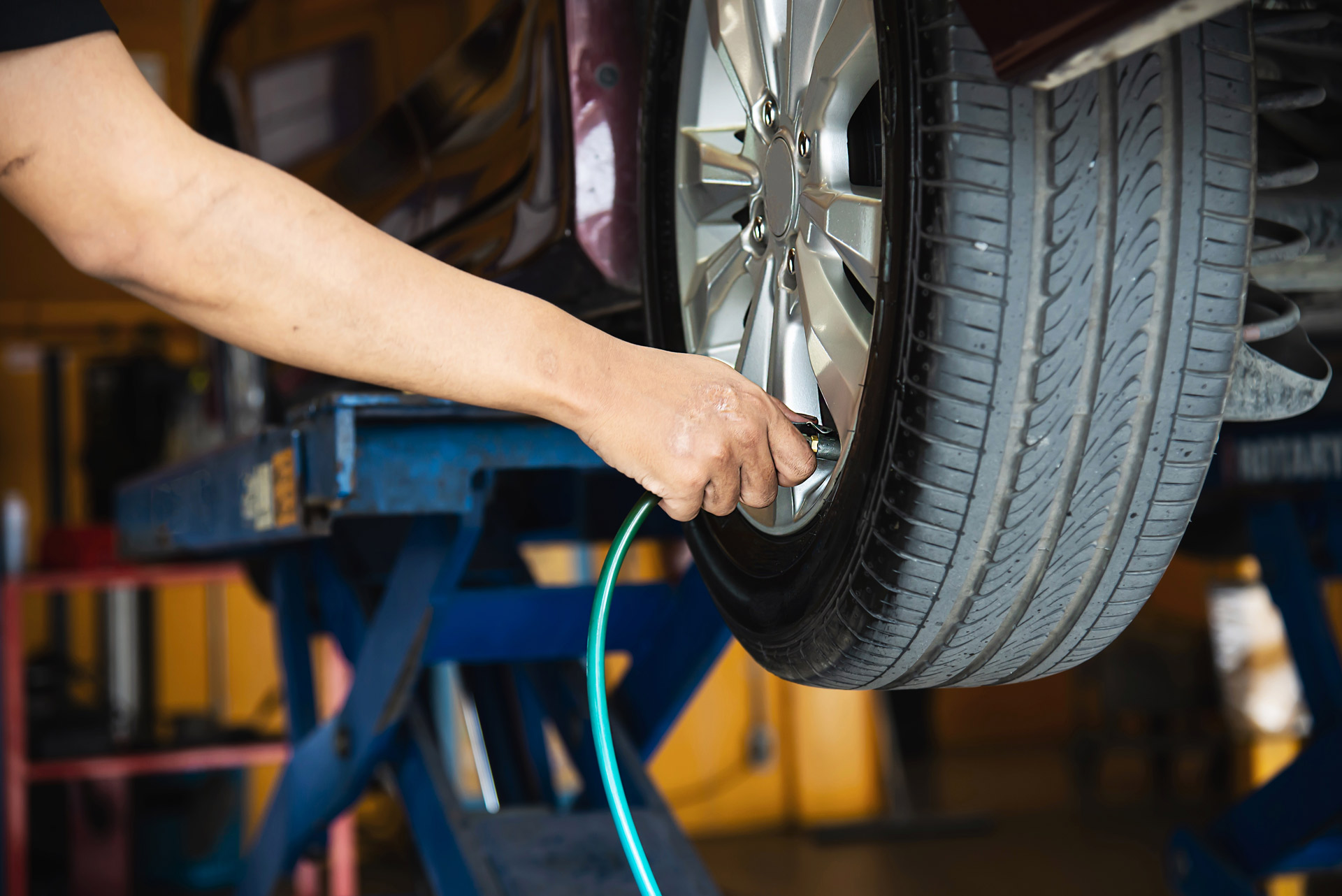

A vehicle’s engine control module (ECM) throws a Diagnostic Trouble Code (DTC) P0442 when it detects a small leak—up to 0.04 inches in diameter—in the Evaporative Emission Control (EVAP) System. Vital to a car’s emissions, the EVAP System incorporates several elements that require troubleshooting if this code appears, from the purge and vent valves to the gas cap. Although drivers can still operate their vehicles with this DTC, it’s essential to diagnose and repair the issue before further damage occurs.
The following diagnostic and repair guide explains the common causes and symptoms of DTC P0442 and provides practical troubleshooting tips. Please note that the information provided is not meant to be exhaustive nor explicitly tailored to any make, model, or model year. The Identifix Direct-Hit® Web and Identifix Direct-Hit® Mobile platforms streamline the repair process to help technicians access accurate repair information to find the appropriate fix faster.
Before discussing the causes of DTC P0442, it’s best to understand the EVAP System’s role in your vehicle’s operation. The EVAP System regulates fuel vapors that escape from the fuel tank, improving emissions by recycling them into the engine’s air intake once the engine reaches operating temperatures. Key among the EVAP System’s components are the charcoal canister that contains the fuel vapors, the purge valve that releases the vapors into the engine, and the vent valve that directs fuel vapors to the charcoal canister or out into the atmosphere.
Since the EVAP System handles fuel vapor, airflow remains vital to its optimal operation. DTC P0442 also involves elements of the fuel system and the ECM. Below are the most common causes of engine code P0442:
Note that more significant leaks would trigger a different DTC based on the amount of air leaking. A P0456 code is a leak of less than 0.02 inches, while leaks greater than 0.04 inches tend to trigger engine code P0455. A small EVAP System leak can grow larger if the issue remains unaddressed.
Due to the nature of the miniature EVAP System leaks that cause DTC P0442, you’re most likely to be alerted by an illuminated check engine light. Using an OBD-II code scanner, you can retrieve the P0442 code to determine the appropriate diagnostic and repair procedures. Take note: if your vehicle has a check engine light on due to a problem with its emissions system, most—if not all—states that mandate emissions testing will automatically fail your car until the code is cleared and the issue addressed.
Additional symptoms include a rough or low idle due to a vacuum leak or reduced fuel efficiency. If the cause is related to the fuel system, you may smell gas inside or around the perimeter of the vehicle. Paying attention to these symptoms can help you streamline the diagnosis and repair process to find the correct fix faster—much like Identifix Direct-Hit®.

Before repairing or replacing any components related to DTC P0442, it’s important to check one component that could save you a vast amount of money and time: the gas cap. Ensure the cap fully seals on the fuel filler neck as directed by the manufacturer. If the cap doesn’t seal, replace it with a new one that does.
Here are the steps required to diagnose code P0442:
It’s essential to be thorough when diagnosing DTC P0442 to ensure you’ve identified all possible causes and their corresponding repairs. While it may be tempting to stop at the first sign of trouble, you could end up making extra work for yourself in the end.
If your diagnosis reveals any damaged components, replace them with new ones that meet the exact specifications. For example, if you found a leaking hose or damaged connection, replacing these should solve the problem. Remember to resolve any and all issues you found in the previous step to lay this DTC to rest.
Assuming you’ve resolved the underlying cause of DTC P0442, the check engine light and corresponding code should disappear naturally over a few key cycles. However, you can also manually clear the code immediately after completing repairs using an OBD-II scanner. Be aware that if the P0442 code reappears, you may not have addressed the cause entirely, be it regarding the issue you initially addressed or a multi-step problem that demands another look.
As with many of your vehicle’s critical systems, the EVAP System requires routine maintenance based on the manufacturer’s recommended service intervals. Visual inspections of hoses, seals, and connections along the entire length of the EVAP System can help identify loose fittings, cracks, and small vacuum leaks. Simply tightening your gas cap after refueling can also contribute to a fully functional EVAP System and code-free vehicle operation.
The basic diagnostic and repair procedures outlined above enable you to efficiently pinpoint the cause and corresponding fixes for EVAP System leaks in most vehicles. However, Identifix Direct-Hit® offers the most comprehensive repair information possible, with detailed diagnostic and repair tips specific to popular makes and models. Identifix’s Direct-Hit® Mobile takes those benefits one step further, offering direct access to OE data without ever having to leave the workspace.
Identifix Direct-Hit® gives you the power to unlock your auto repair shop’s full potential. Leverage our full suite of Identifix products to repair more vehicles faster with a reliable and efficient management platform. If you’d like to learn more about accessing more than 3 million confirmed fixes from the palm of your hand or taking advantage of our virtual technician hotline, contact us to speak with a friendly and knowledgeable representative.

Identifix is the leading provider of automotive repair shop solutions and sevices designed to improve shop profitability and repair outcomes.
"*" indicates required fields